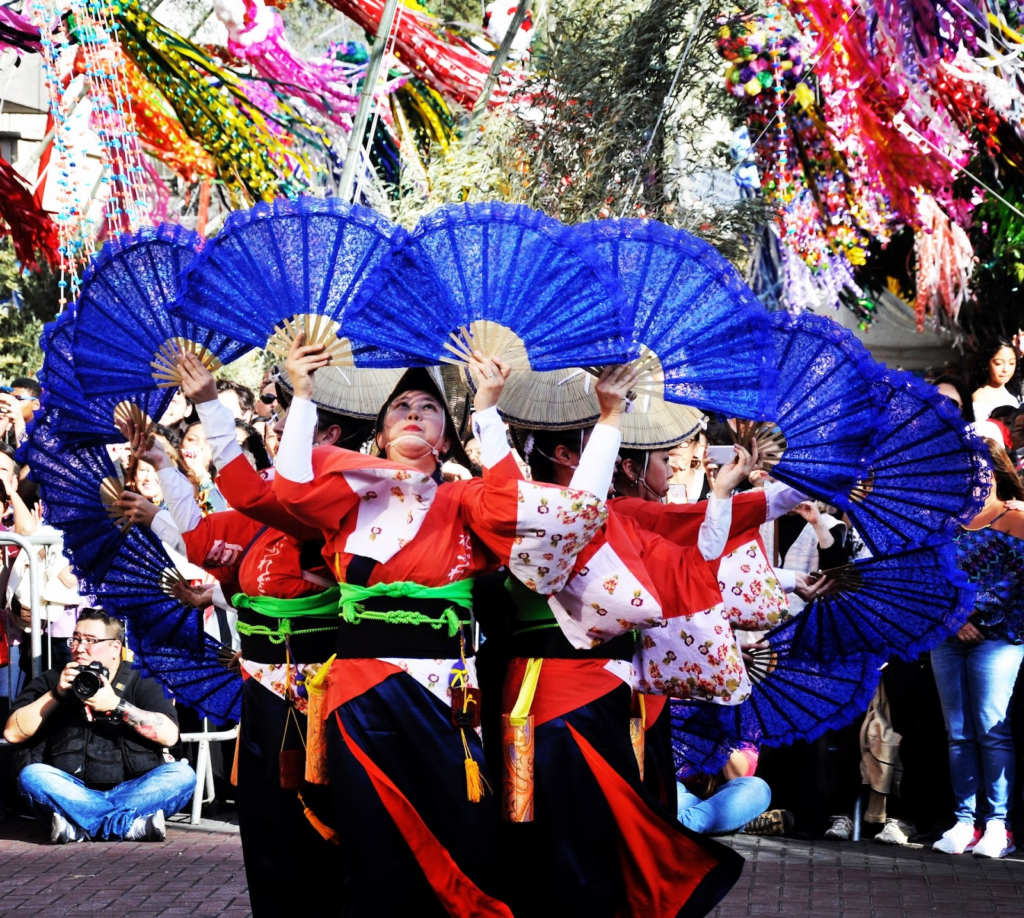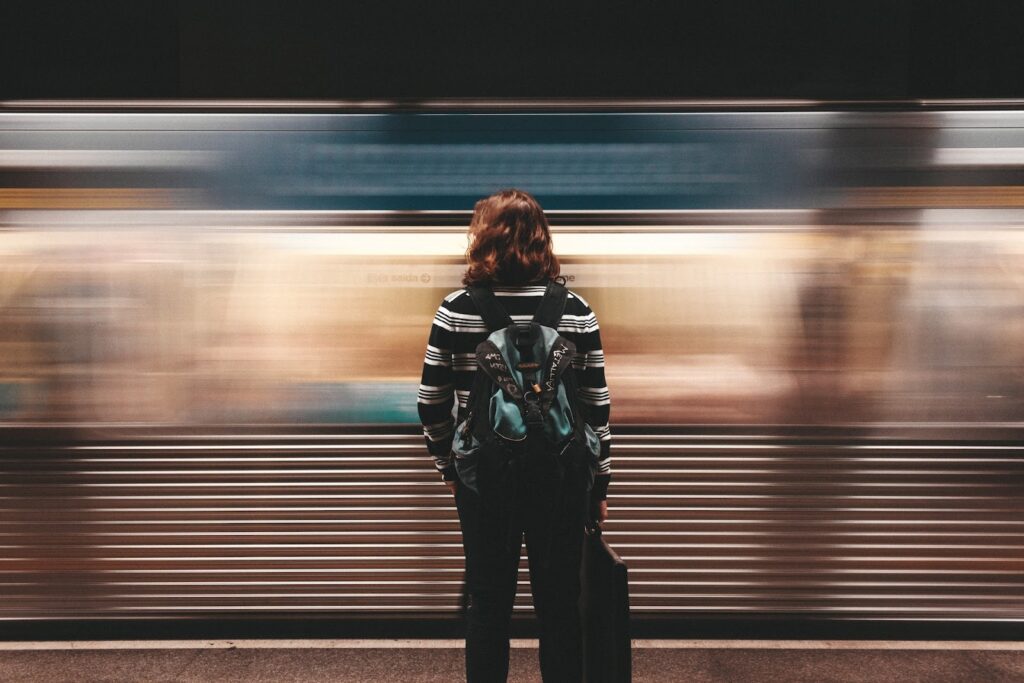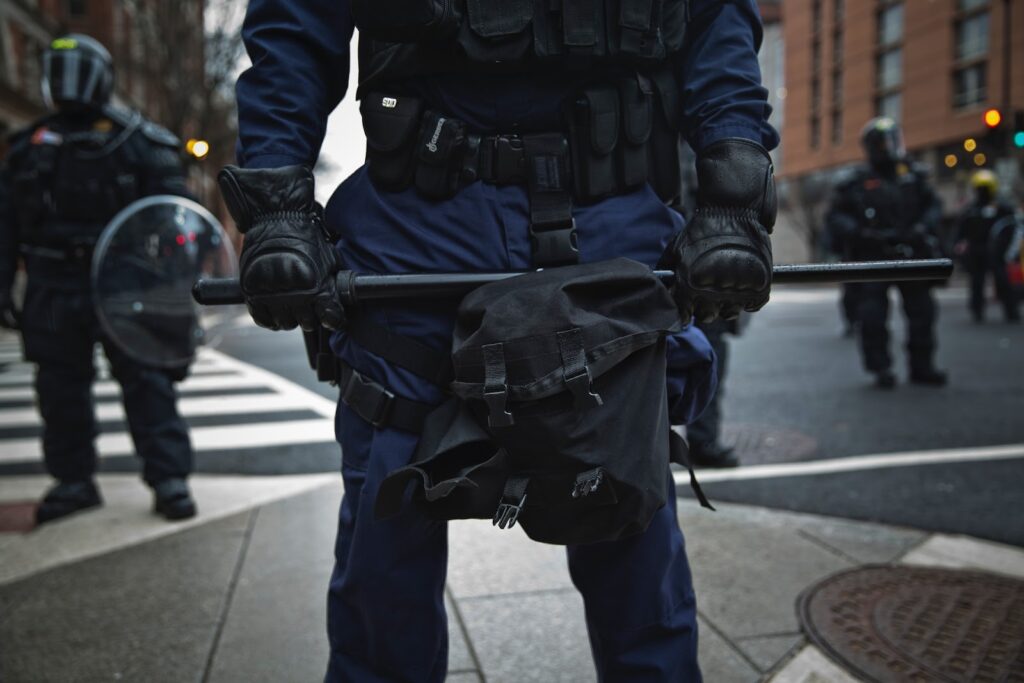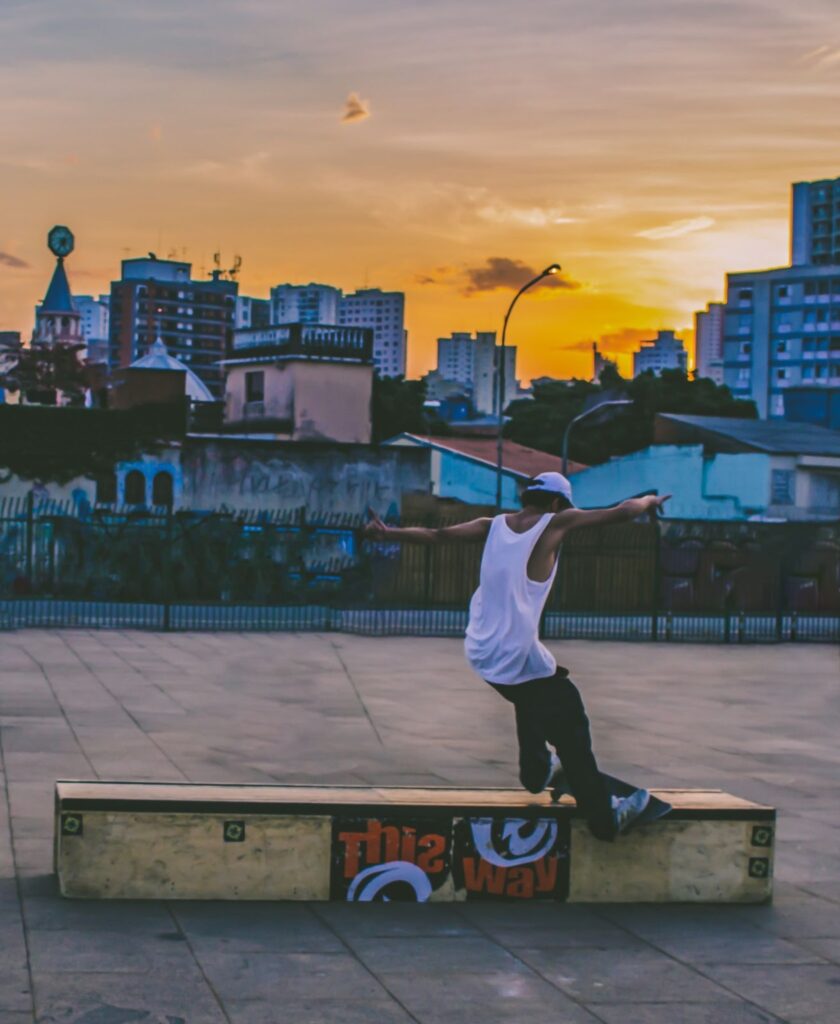Have you ever wanted to visit one of Brazil’s largest cities? This travel guide will help you know everything about travelling to São Paulo.
The journey to São Paulo isn’t merely a flight (we departed from Barcelona) — it’s a leap across histories, cuisines, architectures, and soulful rhythms.
In the heart of the sprawling vastness of Brazil, lies a journey that redefines exploration. In the intertwining tales of this vibrant city, one discovers not just an underrated destination, but feelings, tastes, and echoes of humanity’s shared passions in Brazil.
Barcelona resident and passionate travel writer, Ella Gonzales, takes a trip from Barcelona to São Paulo and discovers much about what makes São Paulo such a memorable city to visit.
Diving into the City’s Tourist Offerings: What to see in São Paulo

Transitioning from Europe, São Paulo welcomes with a uniquely tropical embrace. It’s a bustling metropolis—home to over 12 million ‘Paulistanos’ and a mosaic of cultures.
Not surprisingly, São Paulo is often called the “New York of South America”, and is brimming with experiences waiting to be discovered. This city, regularly known around the world as Brazil’s melting pot has much to offer for tourists, including:
Paulista Avenue: The heartbeat of the city, lined with museums, galleries, and shopping centers. The São Paulo Museum of Art (MASP) here is a must-visit, hosting an impressive collection of European art. With its medley of skyscrapers, cultural centers, and a weekly avenue transformation where cars make way for pedestrians, musicians, and artists, this is a must-see part of the city.
Vila Madalena: A bohemian district known for its vibrant street art, eclectic bars, and bustling nightlife. Its alleyways, like Batman’s Alley, are a kaleidoscope of colors and creativity.
Liberdade: Immerse yourself in São Paulo’s rich Japanese heritage. Stroll through weekend markets offering delicious street food, crafts, and occasional cultural performances.
Ibirapuera Park: Often likened to New York’s Central Park, it’s a green oasis amidst the urban sprawl. The park also hosts several cultural institutions, including the Museum of Contemporary Art.
Little Tokyo: Wander around Liberdade, and you’re transported to Japan with its sushi restaurants, cherry blossoms, and annual Tanabata festival.
Bixiga: Italian roots run deep with pizzerias lining the streets, serving pies that rival those of Naples. Festa de Nossa Senhora Achiropita, with its samba and spaghetti, weaves a tale of fusion like no other.
Planning the Perfect Trip – when to go to São Paulo

Timing is pivotal. Getting the seasons right will go a long way to ensuring a more pleasant travel experience in Brazil.
Spring (April-June) offers Barcelona in bloom, while São Paulo’s winter ensures pleasant strolls without the tropical sweat. For cultural aficionados, Barcelona’s La Mercè in September is a must, while São Paulo’s Carnival in February/March promises samba spectacles.
In Barcelona, beyond Gaudí’s masterpieces, venture to the Gothic Quarter, get lost in its alleys, and savor churros. In São Paulo, beyond the urban, visit the Ibirapuera Park, São Paulo’s green lung, and a hub of culture and relaxation.
Navigating São Paulo: Tips for First-Timers

Paulistanos are known for their warmth. Greet with a cheery “Olá!” and dive into the local ethos. While São Paulo’s metro mirrors Barcelona’s efficiency, mastering a few Portuguese phrases can smoothen commutes. Like La Rambla, Paulista Avenue is a hive of activity, but always be mindful of your belongings.
Exploring São Paulo: Is It Worth the Visit?
In one simple answer: yes! However, the debate surrounding São Paulo’s allure is as vast as the city itself. While it may not boast the famous beaches of Rio or the Amazonian wilderness, São Paulo, with its sprawling urban expanse, is a pulsating metropolis teeming with life. It offers a rich tapestry of cultures, arts, and cuisines that beckons travelers with its unique charm.
Planning Your Stay: How Long Should You Spend in São Paulo?
To truly embrace São Paulo’s essence, a 3 to 4-day itinerary is optimal. This allows you ample time to explore the diverse neighborhoods, savor its culinary delights, and soak in its cultural offerings. However, for those with an insatiable appetite for urban exploration, even a week might seem fleeting. When I visited, I stayed for 7 days, giving me just enough time to see all the really great sights of the city.
Understanding the Costs: Is São Paulo Expensive?
Navigating expenses in São Paulo can be akin to its weather—highly unpredictable. While it’s one of the costlier cities in Brazil, savvy travelers can navigate São Paulo on a budget without skimping on experiences.
Accommodation: Ranging from luxury hotels like the Hilton to modest hostels, São Paulo caters to all. For budget travelers, hostels in Vila Madalena or Republica are worth considering.
Dining: São Paulo’s culinary scene is a reflection of its diversity. While high-end restaurants in Jardins can set you back considerably, local eateries, known as ‘lanchonetes,’ offer delicious fare at modest prices. Don’t miss the city’s iconic mortadella sandwich or the traditional feijoada.
Transport: The metro system, covering most tourist attractions, is affordable and efficient. Taxis and rideshares like Uber are also widely available, though prices can surge during peak hours.
Activities: While entry to certain museums and galleries can be pricey, many institutions offer free admission on specific days. Moreover, much of São Paulo’s charm lies in its free experiences—the street art, markets, and local performances.
Ensuring Safety: How Safe is São Paulo for Tourists?

São Paulo, like any vast metropolis, has areas of concern when it comes to safety. It’s essential to be vigilant, especially during the evening or in less touristy districts. Key tips include:
– Stay Alert: Watch your belongings, especially in crowded areas. Petty theft, like pickpocketing, can be an issue.
– Local Guidance: Leveraging local insights, be it from your accommodation host or residents, can provide up-to-date advice on areas to avoid.
– Transport: While public transport is largely safe, avoid them late at night. If using taxis, ensure they’re registered.
– Stay Informed: Familiarize yourself with local emergency numbers and keep digital copies of essential documents.
Understanding São Paulo’s Safety Dynamics
With vast disparities in wealth and pockets of urban poverty, Sao Paulo has historically grappled with crime. However, understanding the nuances of these challenges is pivotal.
Crime Rates: São Paulo’s crime rates are diverse, with certain areas reporting higher incidents than others. While the city has its hotspots, it’s also home to numerous safe, tourist-friendly neighborhoods.
Local Perception: Many Paulistanos (residents of São Paulo) argue that the city’s reputation is often worse than the reality. They emphasize that while caution is necessary, excessive fear can mar the genuine São Paulo experience.
Practical Tips for Stay Safe on vacation in São Paulo

The city’s nightlife is legendary. From samba-infused dance clubs to serene rooftop bars, São Paulo offers a spectrum of nocturnal experiences. But you should first learn what needs to be done
1. Stay Informed: Familiarize yourself with the city’s layout. Research neighborhoods, understanding which areas are recommended for tourists and which might be better avoided after dark.
2. Secure Belongings: Petty thefts, like pickpocketing, can occur, especially in crowded areas. Use anti-theft bags, avoid displaying flashy jewelry, and be cautious when using smartphones in public.
3. Use Reliable Transport: The city’s metro system is efficient and generally safe during operational hours. If using taxis, opt for registered ones or use ride-sharing apps like Uber.
4. Avoid Flashpoints: Certain areas, particularly at night, can be problematic. Avoiding known problematic spots after dark is advised.
5. Trust Local Insights: Leverage advice from locals, especially if staying at Airbnb or local guesthouses. They can offer up-to-date information on safety dynamics.
6. Try to Learn Basic Portuguese: While many in São Paulo speak English, especially in the service industry, having a few basic phrases can help in unexpected situations.
7. Stay in Groups: There’s safety in numbers. Whether dancing the night away or exploring late-night eateries, try to stay with friends or fellow travelers.
8. Keep an Eye on Your Drink: Just as you would in any large city, be cautious of your drink to avoid any unwanted substances being added.
9. Plan Your Return in advance: Before heading out, understand how you’ll return. Whether you’ve pre-booked a driver or have a trusted taxi service, avoid being stranded.
Understanding Local Support Systems

São Paulo, understanding its role as a major global city, has invested in support systems for residents and tourists alike.
Tourist Police: The city has a dedicated tourist police force, recognizable by their white hats and belts. They are trained to assist tourists, and many officers speak English.
Emergency Numbers: Familiarize yourself with local emergency numbers. For police assistance, dial 190. For medical emergencies, 192 can be contacted.
While caution is advised, it’s equally essential to remember that São Paulo is home to millions of warm, welcoming residents who pride themselves on their city’s cultural richness.
Neighborhood Insights: Where to Tread Carefully

While generalizing an entire neighborhood can be misleading, certain areas in São Paulo are often highlighted for travelers to be more vigilant:
Centro: The historic center can be particularly busy and a hotspot for pickpockets, especially at night.
Republica & Santa Cecilia: While these areas boast some fascinating architecture and vibrant street life, they can become problematic after dark.
Brás: Known for its shopping, Brás is bustling during the day but is best avoided at night.
That said, many neighborhoods, like Vila Madalena, Jardins, and Itaim Bibi, are generally considered safe and are popular with tourists and expatriates.
São Paulo, with its magnetic energy and vast offerings, is undeniably worth the visit. While it requires some travel acumen to navigate, the experiences, memories, and flavors it offers make every moment spent in this South American metropolis a treasure.
Travel with
